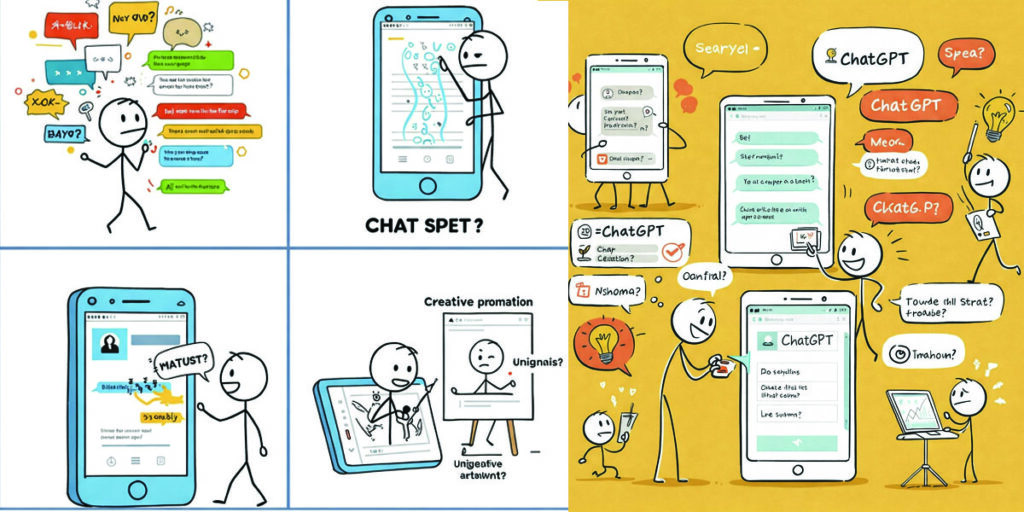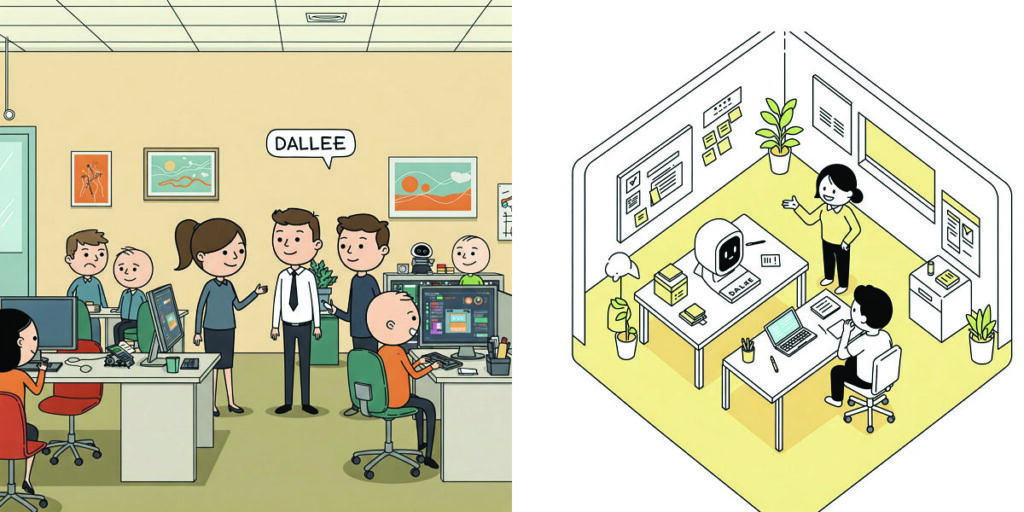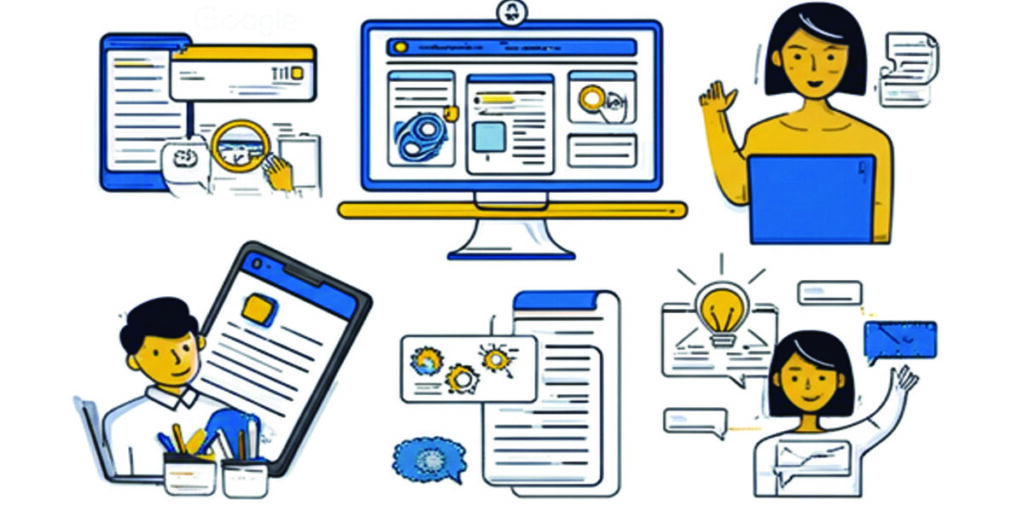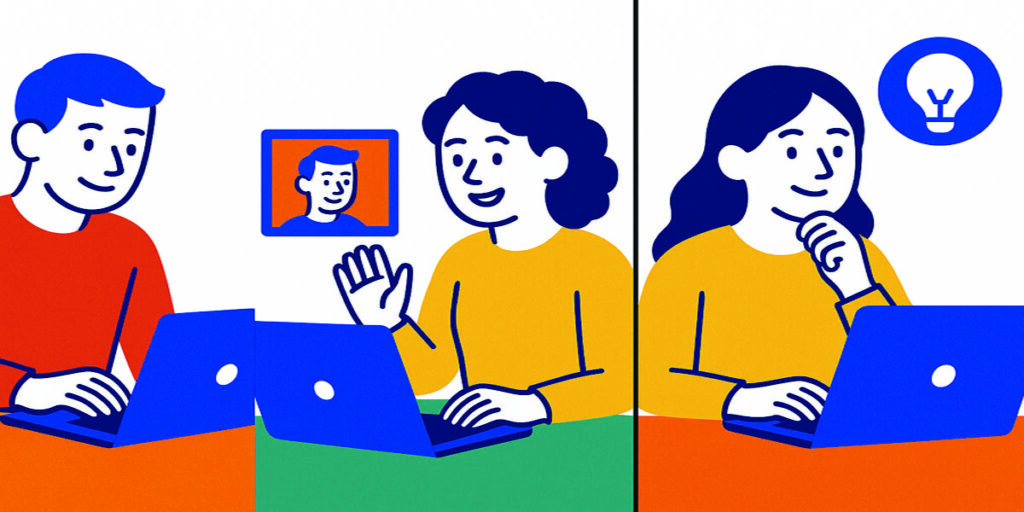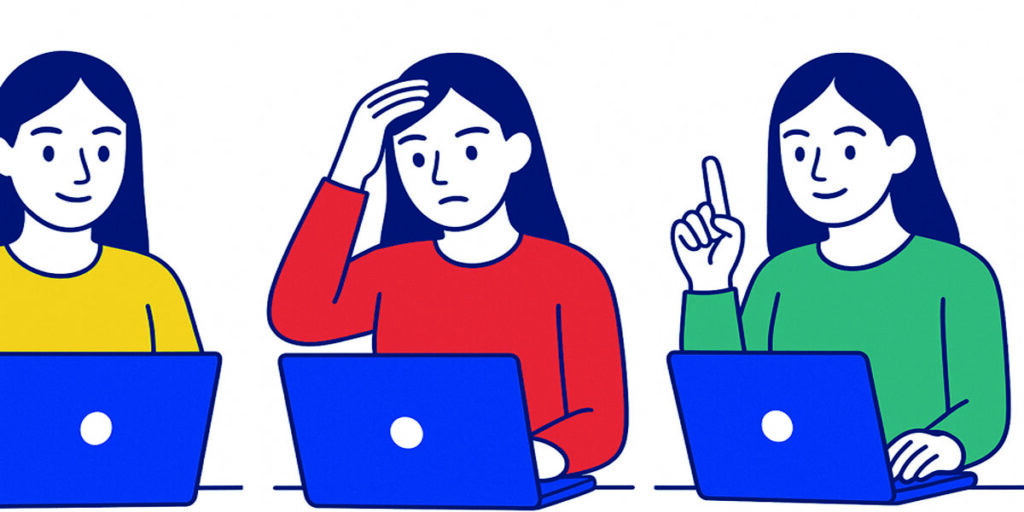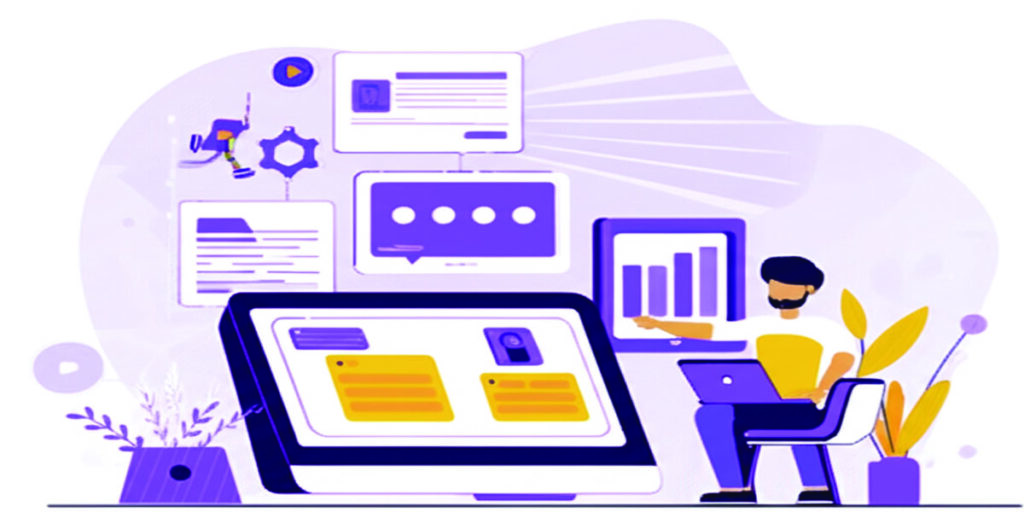AI storytelling tool for generating dynamic, presentation-style content.
In an era defined by rapid digital transformation, the way we communicate and share information is constantly evolving. Amidst this dynamic landscape emerges Tome, an AI-powered storytelling tool poised to redefine how we create and consume dynamic, presentation-style content. To truly understand Tome’s significance, we must delve into the historical context of information dissemination, analyze its position within the modern economic market, and explore its potential to reshape networking and collaboration.
A Historical Tapestry of Information Sharing:
Humanity’s quest to share stories and knowledge is as old as civilization itself. From ancient cave paintings depicting hunts and rituals to the oral traditions passed down through generations, the need to communicate narratives has been fundamental to our development. The invention of writing systems marked a monumental leap, allowing for the preservation and dissemination of information across time and space.
The advent of the printing press in the 15th century revolutionized information sharing, making books and other written materials more accessible to a wider audience. This democratization of knowledge fueled the Renaissance and the Scientific Revolution, laying the groundwork for modern society.
The 20th century witnessed another seismic shift with the rise of mass media – newspapers, radio, and television. These technologies enabled the rapid and widespread dissemination of news, entertainment, and educational content, shaping public opinion and fostering a sense of shared experience on a scale previously unimaginable.
The late 20th and early 21st centuries ushered in the digital age, characterized by the proliferation of personal computers, the internet, and mobile devices. This era has seen an explosion of information and communication channels, from email and instant messaging to social media platforms and online video sharing. While these technologies have offered unprecedented opportunities for connection and knowledge sharing, they have also presented new challenges related to information overload, content fatigue, and the need for more engaging and digestible formats.
Presentation software, such as PowerPoint, emerged as a dominant tool for conveying information in professional and educational settings. While powerful, these tools often require significant time and effort to create visually appealing and impactful presentations. Users can spend countless hours formatting slides, searching for relevant images, and ensuring a cohesive narrative flow. This is where AI-powered tools like Tome step in, promising to streamline the content creation process and unlock new possibilities for storytelling.
The Economic Market for AI-Powered Content Creation:
The market for content creation tools is vast and continues to grow exponentially. Businesses, educators, marketers, and individuals are constantly seeking innovative ways to communicate effectively and engage their audiences. The increasing demand for visually rich and interactive content, coupled with the time constraints faced by many creators, has created a fertile ground for AI-powered solutions.
Tome operates within this burgeoning market, offering a unique value proposition by leveraging artificial intelligence to automate and enhance the presentation creation process. Its ability to generate visually appealing layouts, suggest relevant content, and even create entire narratives based on user prompts positions it as a disruptive force in the industry.
Several key economic trends underpin the growth potential of AI-powered content creation tools like Tome:
- The Creator Economy: The rise of individual content creators across various platforms has fueled the demand for user-friendly tools that empower them to produce professional-quality content without requiring extensive technical skills. Tome caters directly to this market by simplifying the creation of engaging visual stories.
- The Need for Efficiency: In today’s fast-paced business environment, time is a precious commodity. AI-powered tools that can automate repetitive tasks and accelerate content creation workflows offer significant productivity gains for organizations of all sizes. Tome’s ability to quickly generate presentation drafts can save users valuable time and resources.
- The Power of Visual Communication: Research consistently shows that visual content is more engaging and memorable than text-based information alone. Tome’s emphasis on visually rich layouts and its ability to seamlessly integrate multimedia elements address this need for more impactful communication.
- The Democratization of Design: Traditionally, creating visually stunning presentations required design expertise. AI-powered tools like Tome democratize design by providing users with intuitive interfaces and intelligent design suggestions, enabling them to create professional-looking content regardless of their design skills.
- The Integration of AI into Workflows: Businesses are increasingly adopting AI-powered solutions across various functions, from marketing and sales to customer service and product development. Tome aligns with this trend by integrating AI into the content creation workflow, enhancing efficiency and creativity.
Tome’s pricing model, often based on subscription tiers with varying features and usage limits, reflects the typical SaaS (Software as a Service) model prevalent in the market. Its success will depend on its ability to attract and retain users by consistently delivering value through its AI-powered features, user-friendly interface, and competitive pricing. The competitive landscape includes established presentation software providers that are also integrating AI features, as well as other emerging AI-powered content creation tools. Tome’s differentiation lies in its specific focus on dynamic, presentation-style storytelling and its intuitive, AI-driven approach.
Networking and Collaboration in the Age of AI Storytelling:
Tome’s impact extends beyond individual content creation, offering significant potential for enhancing networking and collaboration. Its dynamic and visually engaging format can transform how individuals and teams share ideas, present projects, and connect with their audiences.
- Enhanced Communication in Professional Networks: In professional settings, clear and impactful communication is crucial for building relationships, securing deals, and advancing careers. Tome enables users to create compelling presentations that effectively convey their ideas and expertise, making them more memorable and persuasive in networking events, meetings, and online interactions. The visually rich format can help to capture attention and facilitate deeper engagement.
- Facilitating Collaborative Storytelling: Tome’s platform can potentially evolve to support real-time collaboration, allowing multiple users to contribute to the creation of a single narrative. This could be particularly valuable for teams working on joint projects, enabling seamless brainstorming, content integration, and feedback sharing within a dynamic presentation format. Imagine a marketing team collaboratively building a campaign pitch or a group of students working together on a visually engaging project presentation.
- Transforming Online Presentations and Webinars: Traditional webinars and online presentations can often suffer from low engagement. Tome’s dynamic and interactive features can inject new life into these formats, making them more captivating for attendees. Features like embedded media, interactive polls, and visually driven narratives can help to maintain audience interest and facilitate more meaningful connections between presenters and participants.
- Creating Engaging Educational Content: Educators can leverage Tome to create visually rich and interactive learning materials that cater to different learning styles and enhance student engagement. The ability to weave together text, images, videos, and interactive elements can make complex topics more accessible and memorable. This can foster a more dynamic and collaborative learning environment, both in physical classrooms and online learning platforms.
- Building Stronger Online Communities: For online communities and organizations, Tome can provide a powerful tool for sharing updates, telling community stories, and fostering a sense of belonging. Visually engaging presentations can be easily shared across social media platforms and embedded on websites, reaching a wider audience and strengthening community bonds.
The networking potential of Tome lies in its ability to transform passive information consumption into active engagement. By creating visually compelling and dynamic narratives, users can capture attention, spark conversations, and build stronger connections with their audiences. As the platform evolves to incorporate more collaborative features, its role in facilitating teamwork and knowledge sharing is likely to become even more significant.
The Future of AI-Powered Storytelling:
Tome represents a significant step forward in the evolution of storytelling and information sharing. As AI technology continues to advance, we can expect even more sophisticated features and capabilities to emerge in platforms like Tome.
- Enhanced Natural Language Processing (NLP): Future iterations may see even more intuitive and nuanced natural language processing capabilities, allowing users to generate complex narratives and presentations with minimal text prompts. AI could understand the intent behind user requests more deeply and generate highly tailored content.
- Deeper Integration of Multimedia: Tome is likely to support an even wider range of multimedia formats, including 3D models, augmented reality (AR) elements, and interactive simulations. This will enable creators to craft even more immersive and engaging storytelling experiences.
- Personalized Content Generation: AI could analyze user data and preferences to generate personalized presentation templates, content suggestions, and even narrative styles tailored to specific audiences. This level of personalization could significantly enhance the impact and relevance of the content.
- Seamless Integration with Other Tools: Future versions of Tome are likely to integrate more seamlessly with other productivity and collaboration tools, such as project management software, CRM systems, and communication platforms. This will streamline workflows and enable users to leverage AI-powered storytelling across various applications.
- AI-Driven Analytics and Insights: Tome could incorporate AI-powered analytics to provide users with insights into how their presentations are being received and consumed. This data could help creators optimize their content for maximum impact and engagement.
Challenges and Considerations:
While the potential of AI-powered storytelling tools like Tome is immense, it’s important to acknowledge some of the challenges and considerations:
- The Importance of Human Creativity: While AI can automate many aspects of content creation, the core of compelling storytelling lies in human creativity, empathy, and critical thinking. It’s crucial to view AI as a tool that augments human capabilities rather than replacing them entirely.
- Ensuring Authenticity and Avoiding Bias: AI algorithms are trained on vast datasets, and there is a risk that they may inadvertently perpetuate biases present in that data. Developers must be mindful of this and actively work to ensure that AI-generated content is fair, accurate, and unbiased.
- The Ethical Implications of AI-Generated Content: As AI becomes more sophisticated in generating creative content, ethical questions around authorship, originality, and the potential for misuse will need to be addressed. Clear guidelines and regulations may be necessary to navigate these complex issues.
- The Learning Curve and Adoption: While Tome aims to be user-friendly, some users may still face a learning curve in adopting new AI-powered tools. Effective onboarding and training resources will be crucial for widespread adoption.
- Maintaining a Balance Between Automation and Customization: While automation offers efficiency, users will still want a degree of control and customization over their content. Finding the right balance between AI-driven suggestions and user-defined preferences will be key to Tome’s success.
Tome represents a fascinating intersection of history, economics, and networking in the digital age. Building upon centuries of human endeavor to share stories and knowledge, it leverages the power of artificial intelligence to address the evolving needs of the modern economic market for efficient and engaging content creation. Its potential to transform networking and collaboration is significant, offering new ways for individuals and teams to connect, communicate, and share their narratives.
As AI continues to evolve, tools like Tome will undoubtedly play an increasingly important role in shaping how we create, consume, and interact with information. By embracing the power of AI while remaining mindful of the importance of human creativity and ethical considerations, we can unlock new frontiers in storytelling and communication, fostering deeper connections and a more informed and engaged world. Tome is not just a tool; it is a glimpse into the future of how we weave our narratives into the fabric of our personal and professional lives, connecting us in dynamic and meaningful ways.

